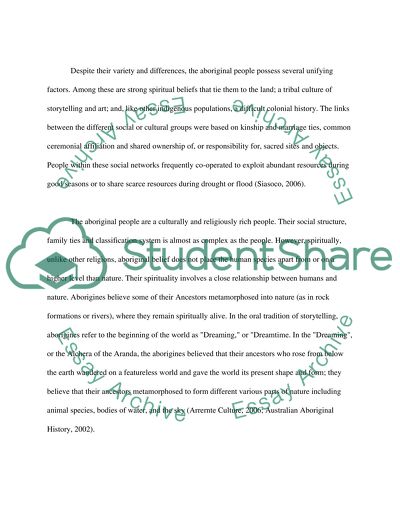Cite this document
(History of the Australian Aboriginal People Coursework, n.d.)
History of the Australian Aboriginal People Coursework. https://studentshare.org/history/1521569-history-of-the-australian-aboriginal-people
History of the Australian Aboriginal People Coursework. https://studentshare.org/history/1521569-history-of-the-australian-aboriginal-people
(History of the Australian Aboriginal People Coursework)
History of the Australian Aboriginal People Coursework. https://studentshare.org/history/1521569-history-of-the-australian-aboriginal-people.
History of the Australian Aboriginal People Coursework. https://studentshare.org/history/1521569-history-of-the-australian-aboriginal-people.
“History of the Australian Aboriginal People Coursework”. https://studentshare.org/history/1521569-history-of-the-australian-aboriginal-people.


